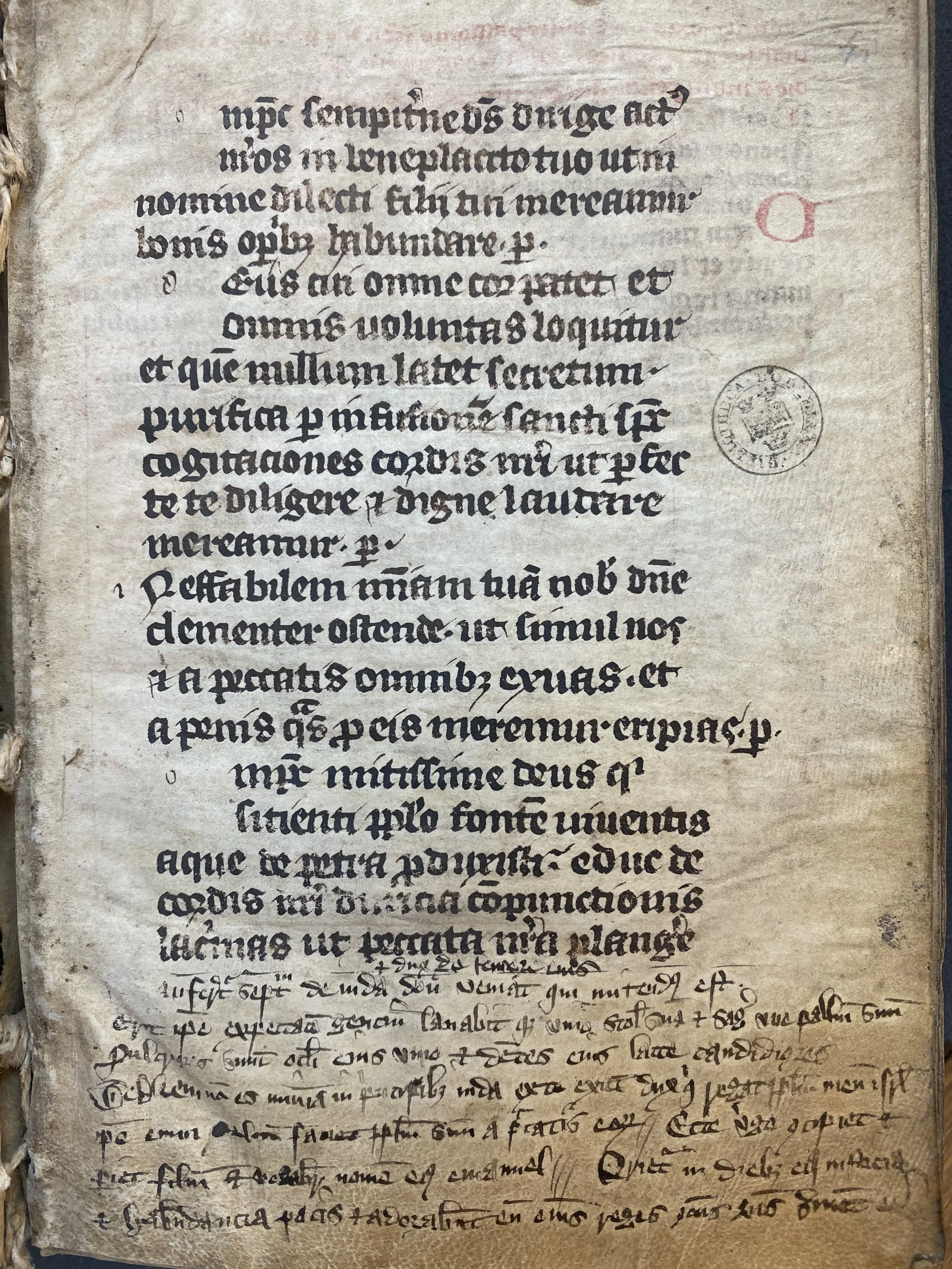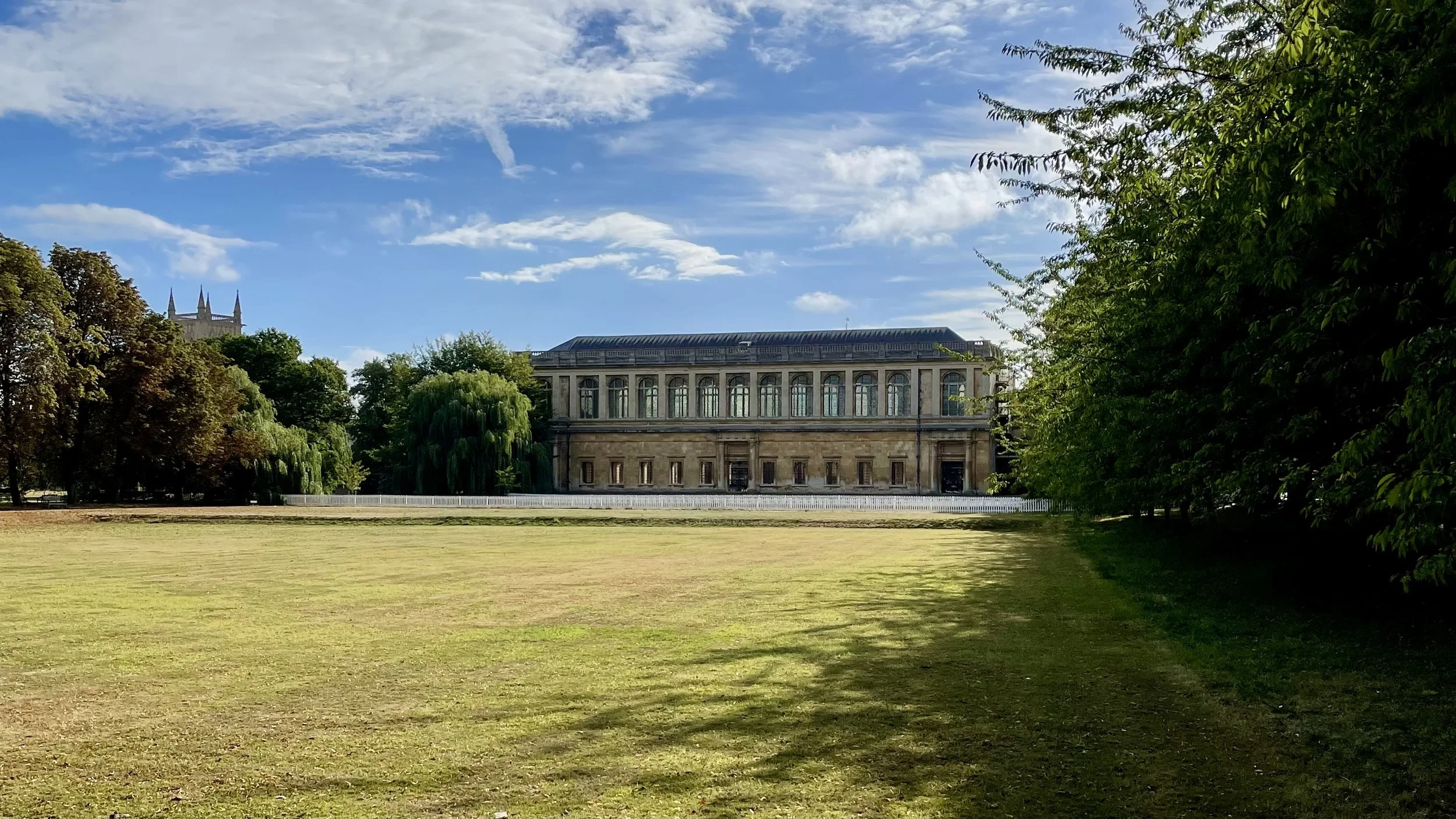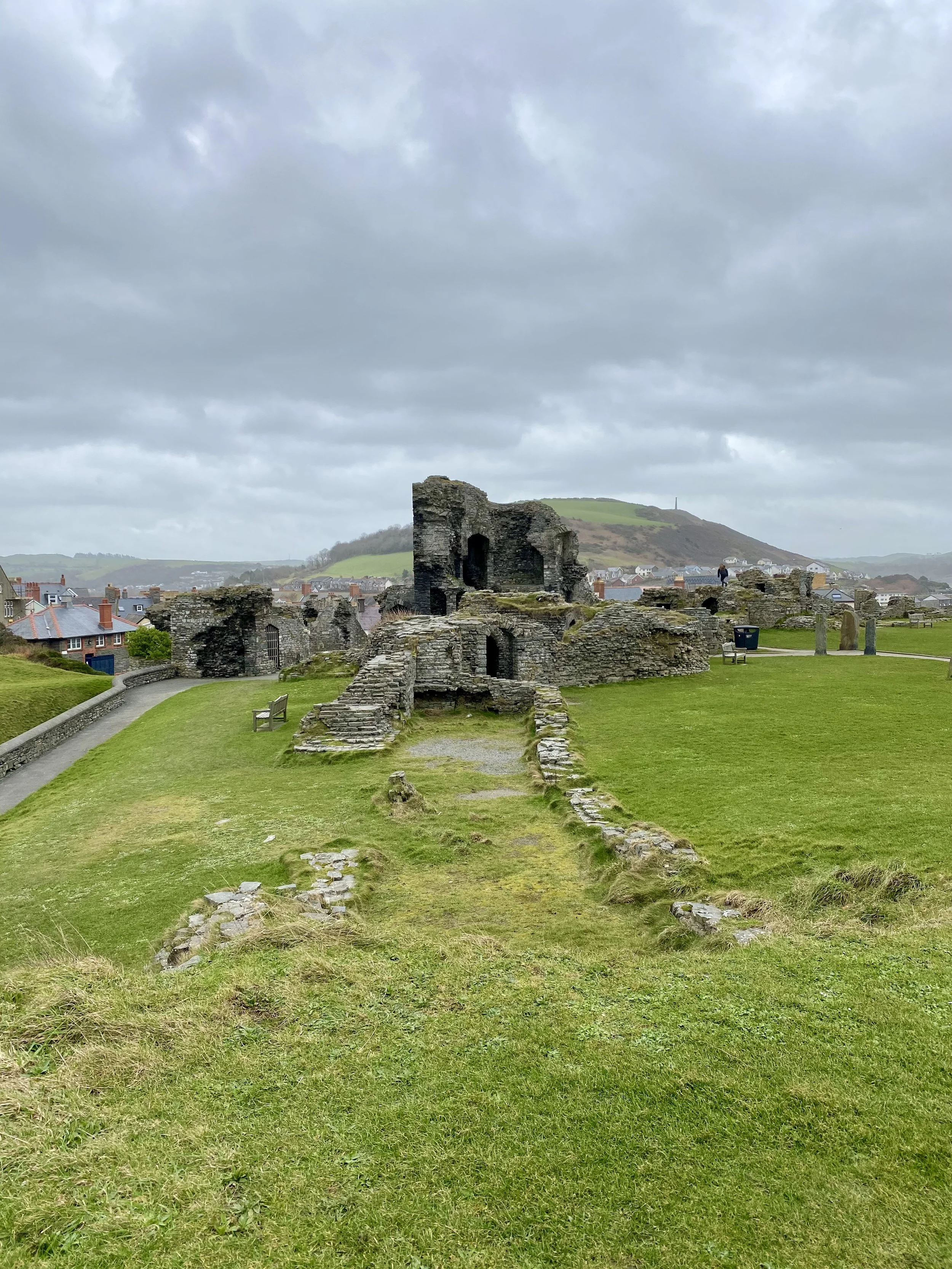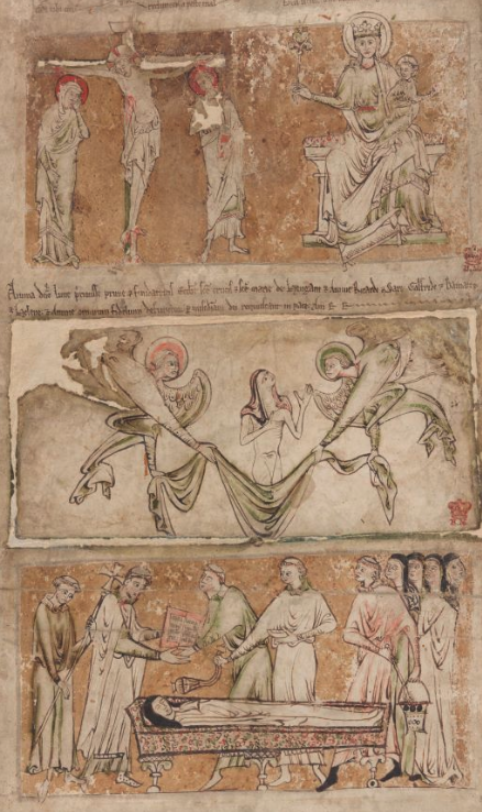Gendered Sanctity within Female Monastic Space in Britain, c. 850-1300
All photos taken by and belong to Katherine Holderith.
In English medieval history, the lives and achievements of nuns, canonesses, and lay sisters are often considered tangential to those of their male counterparts. Their peripheral inclusion (or lack thereof) in history is no accident as such women were increasingly denied participation within the structures of English monasticism until its dissolution in the sixteenth century. This research seeks to understand how medieval ideals of the feminine and the female influenced the faith of religious women within a male-dominated church by undertaking on a post-modern analysis of written materials made by or for religious women, providing a new interpretation of women’s history by creating a feminist paradigm.
My research interests involve restoring medieval female voices of religious women using their texts and other material evidence. I examine manuscripts for incremental changes to the text and/or marginal inscriptions (marginalia) for evidence of female ownership or association. This type of research necessarily involves specialized skills. Specifically, I am trained in palaeography from the early medieval to the early modern period (c. 600-1700), with a focus on the high medieval period (c. 1000-1300), under the tutelage of Professors Giles Gasper and Richard Gameson. Most medieval manuscripts I work in this project with are in Latin and require additional parsing and transcription due to the many abbreviations and the shorthand of the scribes. As my geographic area of research is the British Isles, I also have experience working with palaeography in Old English (Anglo-Saxon), Middle English, Anglo-Norman French, and Scots. Additionally, I have acquired translation skills in all the languages mentioned above.
This research project has required seeking out manuscripts around the world and travel to various libraries. I have become familiar with the library systems at the universities of Oxford, Cambridge, Durham, and Glasgow, as well as institutions such as the Royal College of Physicians, Cardiff Public Library, National Library of Scotland, National Library of Iceland, and the Bibliothèque Nationale de France.
Oxford, Bodleian, Rawlinson G 23, f.4r
Abersytwyth Castle, Wales
British Library, Egerton MS 2849, f.1r
Wren Library, Trinity College, Cambridge
This research explores primarily written sources as a space for the gendered expression of feminine spirituality, identifying the places in which it flourished and the places from which it was excluded, but also considers the female body and monastic buildings as spaces in which to explore the economic dynamics of feminine spirituality.
Ruins of Iona Nunnery, photo by Katherine Holderith.




